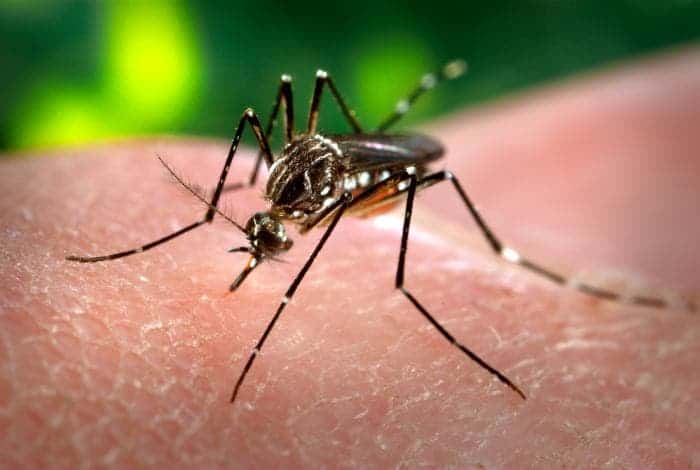The mysterious Utah Zika case has been solved — it probably won’t happen again, but the findings will still make you uncomfortable.

In yet another worrying twist in the Zika epidemic, the Utah Department of Health reported on Monday that one case of infection in the state doesn’t fit anything we know about how the virus spreads. In July, a 73-year-old Salt Lake resident infected with Zika after a trip to Mexico died in Utah — one of his relatives, a 38-year-old man who helped care for him but did not travel to any Zika-infected areas or had intercourse with an infected person, also became infected.
Authorities were further baffled as the Aedes aegypti mosquito’s range, Zika’s primary carrier, doesn’t include Utah. A new paper published by the physicians from the University of Utah explains that this is the first documented case of the virus spreading through casual contact with an infected person.
Utah’s mystery Zika case has been solved, and the answer, as with so many revelations about Zika, is something never before seen with this virus. Someone seems to have gotten Zika through only casual physical contact with an infected person — the first such case that’s been documented.
Patient 2 says he’s come into physical contact with Patient 1 when assisting a nurse in repositioning him without using gloves, and when wiping his eyes during. He reported having no other contact with Patient 1’s blood or bodily fluids, including accidental splashes or mucous membrane exposure.
So that leaves only sweat or tears as a possible medium for infection. Previous research has found traces of Zika in infected mice’s tears, but no work has so far been performed on sweat. The team writes that Patient 2 probably had a cut somewhere on his hands or he accidentally touched his eyes, nose, or mouth with infected material on his fingers, creating an opportunity for infection.
“It should not be able to pass through unbroken skin,” says Sankar Swaminathan, the chief of infections disease at University of Utah Health Care, and first author on the paper.
The team notes that the uniqueness of Patient 1’s case allowed for the infection to occur. Zika fatalities are very rare, with only 13 adult deaths so far in the outbreak (not counting Guillain-Barré fatalities.) So for an adult patient to die of Zika there has to be a preexisting condition which compromises the immune system such as leukemia, Swaminathan says. Patient 1 didn’t have such a condition, but his infection was unusually severe. He had 200 million viral entities per milliliter — typically, that number revolves around hundreds of thousands, with one million being considered high. We don’t know exactly why, though — Zika is a pretty mild virus in adults.
The team proposes that the patient’s previous infection with dengue and the remaining antibodies somehow worsened the infection. Some dengue patients show a far worse infection with the virus. Or, the man was simply unlucky, having a genetic immune deficiency which suited the virus. “there’s some people we find who get very unusual manifestations of infections that 99.99 percent of people never get,” Swaminathan says. It could be that these people, though not otherwise immunocompromised, have specific weaknesses to particular pathogens.
“There’s some people we find who get very unusual manifestations of infections that 99.99 percent of people never get,” Swaminathan said, talking about infectious disease.
The end result was that Patient 1 struggled with an immense viral load, which eventually lead to shock, respiratory failure, and death. Swaminathan suspects that this huge concentration of viral bodies in his body allowed the virus to spread through Patient 1’s tears or sweat. The extent to which this can happen for usual Zika infections needs further research, the authors suggest.
Mosquitoes and sexual transmission are still the main worries, however.
“For the general public, this doesn’t really change very much,” Swaminathan says. “There’s no risk of shaking hands with a person who has a typical Zika infection.”
The full paper “Fatal Zika Virus Infection with Secondary Nonsexual Transmission” has been published online in the New England Journal of Medicine.


